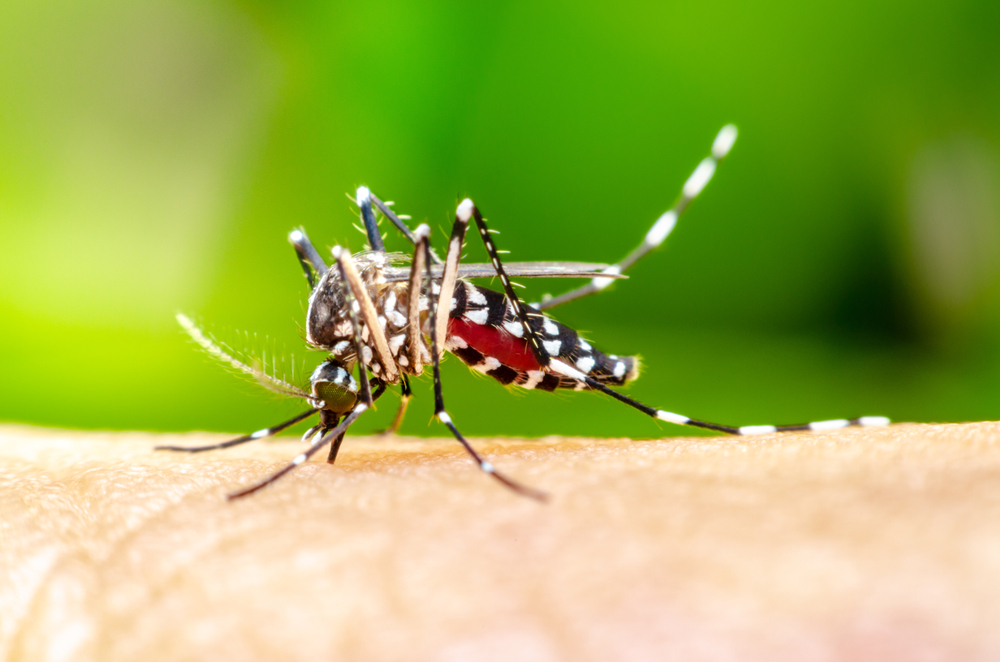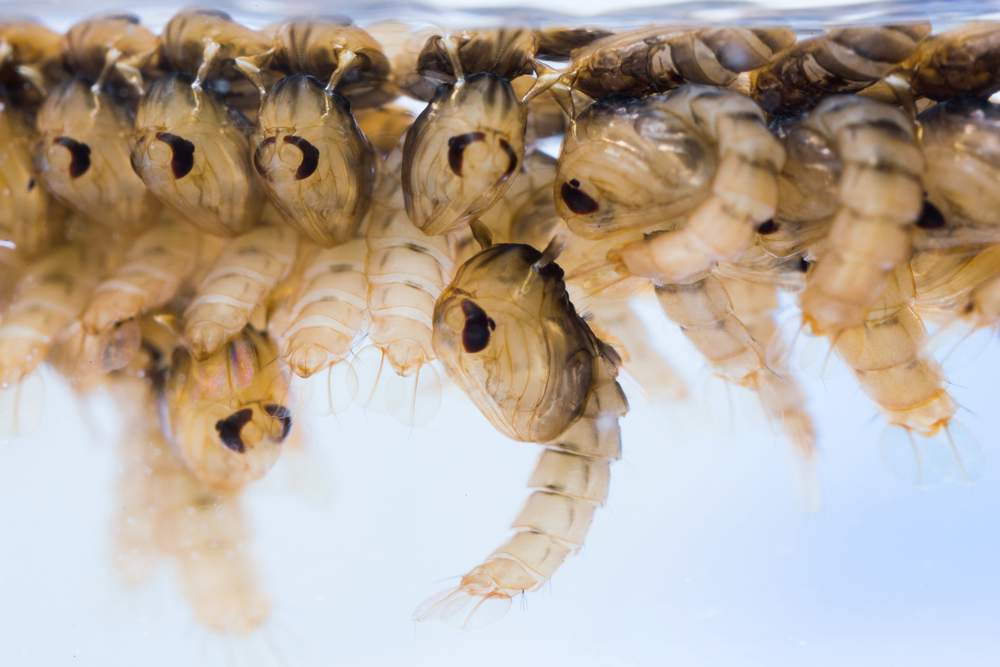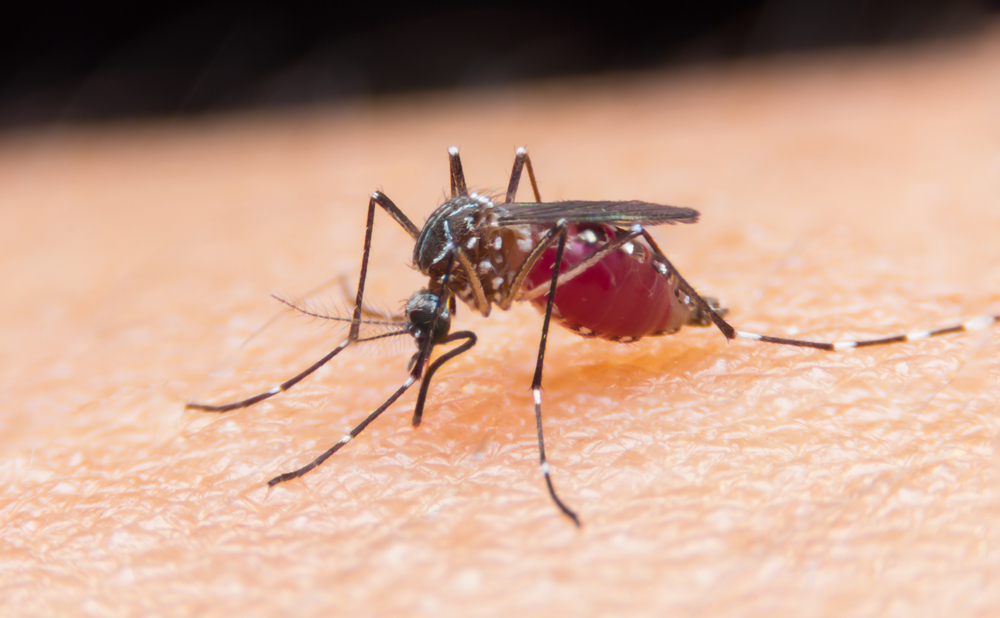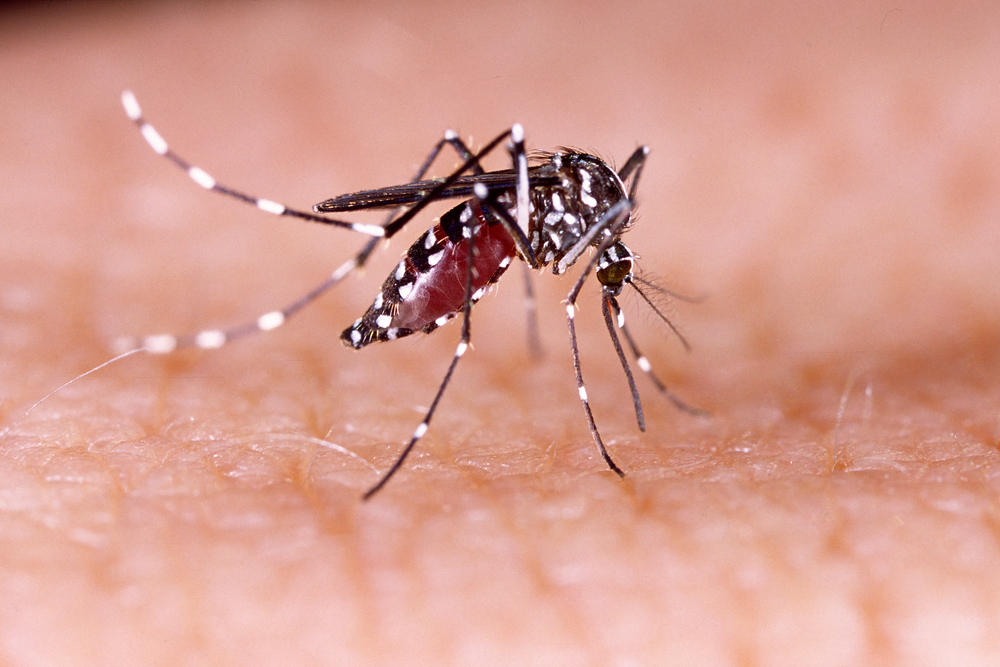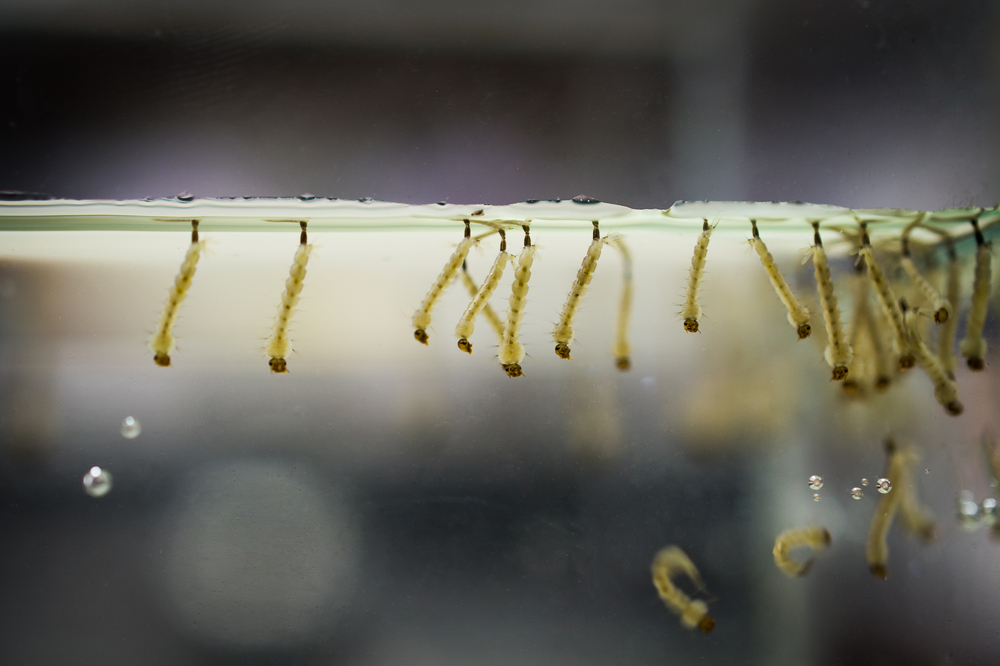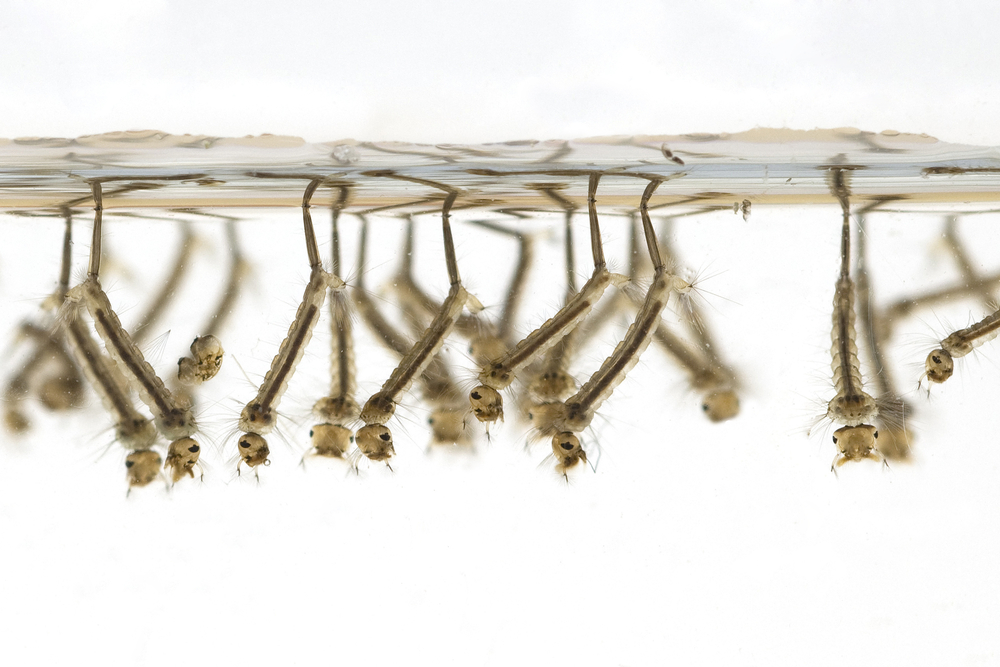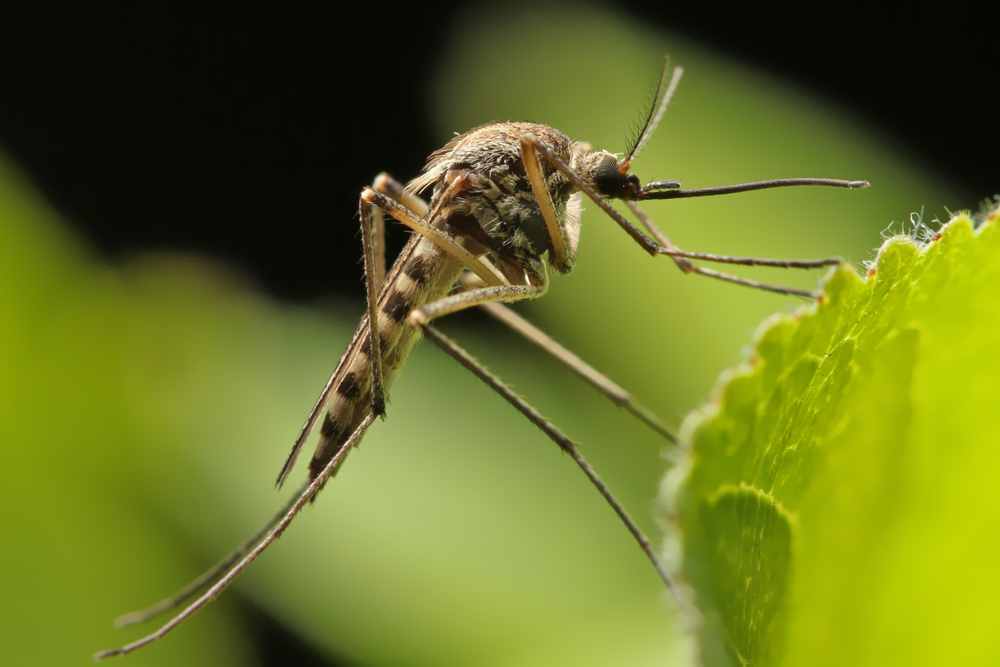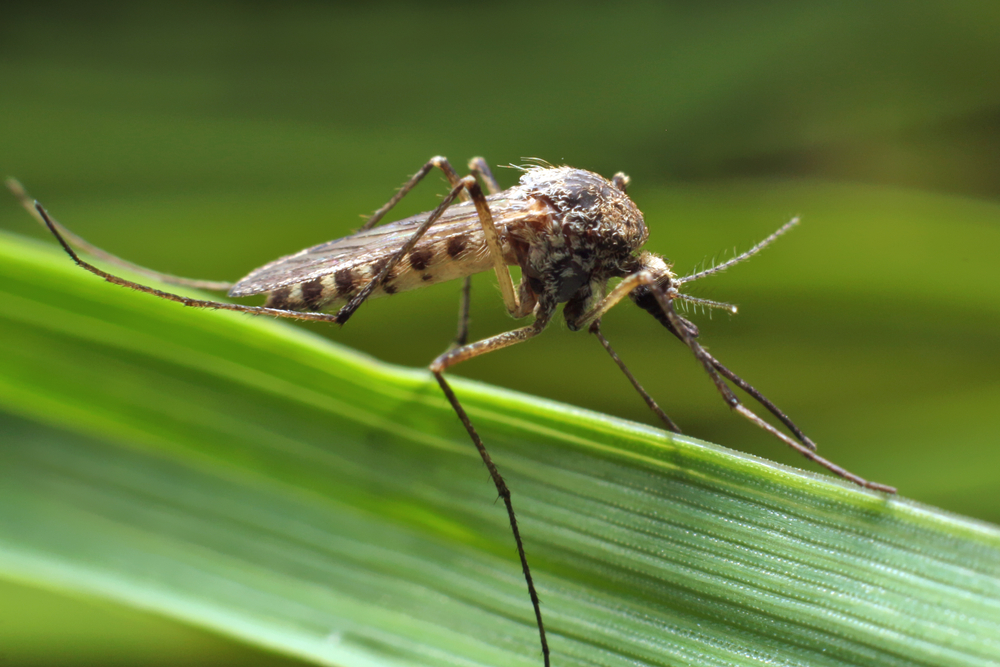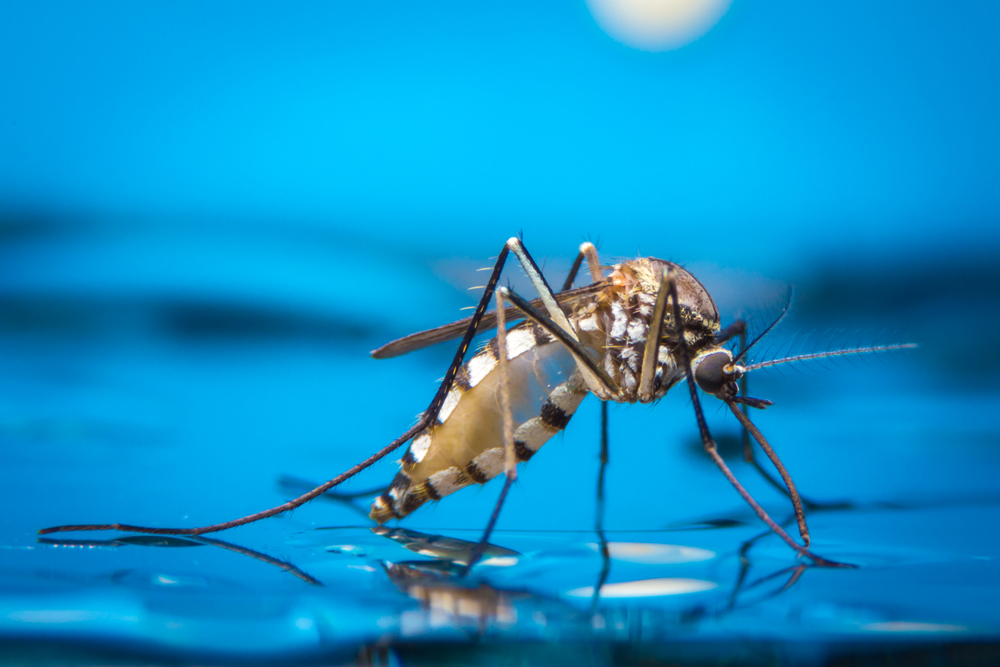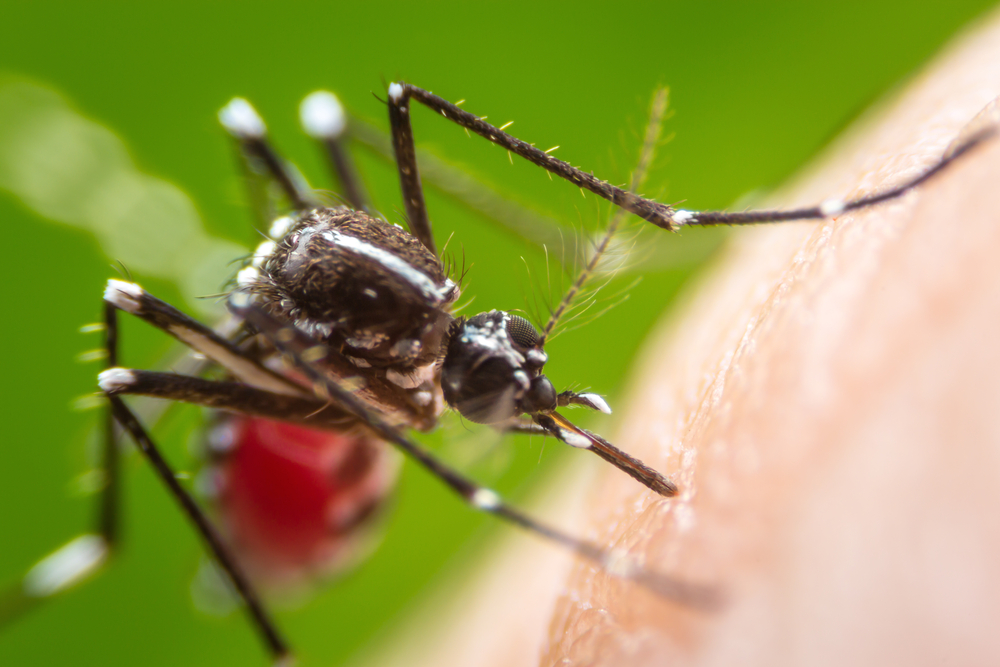There are approximately 3,500 recognized species of mosquitoes. These species belong to the family Culicidae and are distributed across various habitats around the world. Despite this large number of species, only a few are responsible for transmitting diseases to humans. Each species has its own unique behaviors, preferences for breeding sites, and feeding habits, contributing to the vast diversity within the Culicidae family.
About
The Mosquito, belonging to the family Culicidae, is a small, flying insect known worldwide for their role as both a nuisance and a vector for various diseases. Situated within the class Insecta of the Animal Kingdom, mosquitoes are distinguished by their slender bodies, long legs, and a proboscis specially adapted for piercing and sucking. This family encompasses thousands of species, each uniquely adapted to its environment, yet universally recognized by their unmistakable buzzing and their feeding habits.
The life cycle of mosquitoes is a fascinating journey through four distinct stages: egg, larva, pupa, and adult, with aquatic habitats playing a crucial role in their development. While only female mosquitoes feed on blood, a process essential for egg production, both males and females primarily consume nectar and other plant juices.
Mosquitoes are more than just pests; they are also known for their significant impact on public health. Certain species are vectors for transmitting diseases such as malaria, dengue fever, Zika virus, and West Nile virus, making them a subject of extensive study and control efforts. Their presence across diverse ecosystems, from tropical rainforests to arctic tundra, underscores their adaptability and the complex interactions within the Animal Kingdom. Despite their small size, mosquitoes leave a large imprint on both ecological and human health dynamics, embodying the interconnected nature of life on Earth.
Physical Characteristics
Mosquitoes are small, delicate insects recognized for their slender bodies and long, fragile legs. They have a distinct elongated proboscis used for feeding, which extends forward from the head. Mosquitoes have a pair of wings, and their bodies are covered in tiny scales, which can sometimes reflect light and give them a slightly iridescent appearance. The coloration of mosquitoes varies among species but generally ranges from grey to black, with some having white, green, or blue markings.
In terms of size, mosquitoes are quite small:
- Body Length: Mosquitoes typically measure about 0.12 to 0.35 inches (3 to 9 mm) in length.
- Wingspan: The wingspan of a mosquito can range from 0.25 to 0.75 inches (6.35 to 19.05 mm).
Mosquitoes are extremely lightweight. An individual mosquito’s weight is challenging to measure due to its minuscule size but is estimated to be around 0.000005 pounds (2.5 milligrams) or even less. Their light weight, combined with their physical structure, allows them to easily maneuver and stay airborne.
The small size and weight of mosquitoes, along with their physical characteristics like the proboscis and scales on their wings, are perfectly adapted to their lifestyle, feeding habits, and habitat requirements
Reproduction
The reproductive cycle of mosquitoes is quite efficient and consists of four main stages: egg, larva, pupa, and adult. The cycle, from egg-laying to adult emergence, can be quite rapid, depending on environmental conditions like temperature and humidity. Here’s a breakdown of the cycle:
- Mating: Adult mosquitoes emerge from their pupal stage with fully developed sexual organs. Males typically form swarms that females fly into for mating. After mating, males usually live only a few more days, while females proceed to seek a blood meal to nourish their eggs.
- Egg-Laying (Oviposition): After obtaining a blood meal, a female mosquito lays her eggs. The number of eggs and the location of egg-laying vary among species. Some species lay eggs directly on the surface of stagnant water, while others lay them in locations that will flood later, such as floodplains.
- Larval Stage: Once the eggs hatch, they enter the larval stage. Mosquito larvae are aquatic and undergo four instar stages, shedding their skin and growing larger with each stage. They feed on organic matter in the water and come to the surface to breathe air through a siphon or tubes.
- Pupal Stage: After the last larval stage, mosquitoes enter the pupal stage. This is a non-feeding stage during which the mosquito undergoes metamorphosis into its adult form. The pupa is also aquatic and moves actively when disturbed.
- Adult Emergence: The adult mosquito emerges from the pupal case after a few days. The entire process from egg to adult typically takes 5 to 14 days, depending on the species and environmental conditions.
In terms of gestation, mosquitoes don’t have a gestation period per se, as they lay eggs rather than giving birth to live young. The time from egg-laying to hatching can vary but is generally about 48 hours.
The number of eggs laid at a time also varies significantly by species. Some mosquitoes lay a raft of eggs numbering in the hundreds, while others lay them singly or in small groups. A female mosquito can lay a batch of 50 to 500 eggs, depending on the species and conditions, and she may lay several batches over the course of her life.
Environmental factors like temperature, humidity, and availability of food significantly influence the duration of the mosquito life cycle and the survival rate of the young.
Lifespan
The lifespan of mosquitoes varies widely among species and is influenced by environmental conditions, availability of food, and predation. However, in general, the lifespan of mosquitoes can be summarized as follows:
- In the Wild:
- Male Mosquitoes: Tend to have shorter lifespans, usually living only about a week. Their primary purpose is to mate, and they typically die soon after fulfilling this role.
- Female Mosquitoes: Usually live longer than males, often 2 to 3 weeks in the wild. After mating, females focus on blood-feeding and egg-laying. Their lifespan can be extended if conditions are favorable, such as optimal temperatures and availability of food (nectar for energy and blood for egg production).
- In Captivity:
- In a controlled environment, where threats like predators, harsh weather, and scarcity of food are minimized, mosquitoes can live longer. Female mosquitoes in captivity can live for a month or more.
The biggest threats to mosquitoes include:
- Predation: Mosquitoes have numerous natural predators at different stages of their life cycle. In the larval and pupal stages, they are preyed upon by fish, frogs, and other aquatic creatures. Adult mosquitoes are targeted by birds, bats, and other insects such as dragonflies.
- Environmental Conditions: Temperature and humidity greatly affect the lifespan of mosquitoes. Extreme conditions, such as very high or low temperatures, can be lethal. Mosquitoes are most active and live longer in warm and humid conditions.
- Availability of Food and Water: Mosquitoes need water to complete their life cycle, and the availability of stagnant or standing water is crucial for egg-laying and larval development. The scarcity of water can limit their ability to reproduce. Similarly, the availability of nectar (for males and females) and blood (for females) affects their energy levels and reproductive success.
- Disease Control Measures: Human efforts to control mosquito populations, such as the use of insecticides, removal of standing water (breeding sites), and the introduction of natural predators or biological control agents, significantly reduce mosquito lifespans and overall population.
Despite these threats, mosquitoes continue to thrive in many environments due to their rapid reproductive cycle and adaptability to varying conditions.
Eating Habits
Mosquitoes have distinct eating habits based on their gender and stage of life. Both male and female mosquitoes feed on nectar and other plant sugars, which provide them with the energy they need for their daily activities. However, female mosquitoes also require blood to develop their eggs. Here’s a more detailed look at their eating habits:
- Nectar and Plant Sugars:
- For Energy: Both male and female mosquitoes feed on nectar, plant sap, and honeydew to fulfill their energy requirements. This sugary diet is their primary source of sustenance.
- Feeding Method: Mosquitoes use their long proboscis to extract nectar and plant sugars. The proboscis is well-adapted for piercing and sucking.
- Blood Feeding (Female Mosquitoes Only):
- For Egg Development: Female mosquitoes require the proteins and iron found in blood to produce eggs. This process is known as anautogeny.
- Feeding Method: Females locate their prey (humans or animals) primarily through the carbon dioxide exhaled by the prey, as well as through body heat and certain odors. Once they land on a host, they use their proboscis to pierce the skin and locate a capillary. They then inject saliva, which contains anticoagulants to prevent blood clotting and draw blood into their bodies.
- Host Preference: Different species of mosquitoes have preferences for different hosts. Some prefer birds, some prefer mammals, and others are more opportunistic.
- Larval Feeding:
- Mosquito larvae, known as “wrigglers,” live in water and feed on microorganisms, organic matter, and algae in the water. They use their mouthparts to filter small particles from the water.
The feeding habits of mosquitoes are not only crucial for their survival and reproduction but also make them vectors for various diseases. When a female mosquito feeds on the blood of a host carrying a disease (like malaria, dengue, or Zika), she can transmit the pathogen to her next host, playing a significant role in the spread of these diseases.
Uniqueness
Mosquitoes are unique and fascinating creatures for several reasons, combining peculiar biological traits and behaviors that have significant implications for ecosystems and human health:
- Advanced Sensory Abilities: Mosquitoes have highly developed sensory organs. They can detect carbon dioxide and lactic acid from significant distances, helping them locate warm-blooded hosts for blood meals. Their antennae, which are sensitive to temperature and humidity, also play a crucial role in finding suitable environments for laying eggs.
- Complex Life Cycle: Mosquitoes undergo a complete metamorphosis, transitioning through four distinct life stages: egg, larva, pupa, and adult. This complex cycle allows them to exploit different habitats and resources during their life.
- Disease Vectors: Mosquitoes are known as one of the deadliest creatures on Earth, not due to their own danger but because of their efficiency in transmitting diseases such as malaria, dengue fever, Zika virus, West Nile virus, and yellow fever. This ability to spread pathogens makes their impact on human health profound and far-reaching.
- Flight Adaptations: Despite their delicate appearance, mosquitoes are adept fliers. They can fly for hours continuously, cover distances of up to several miles, and even fly in the rain. Their wings beat 300 to 600 times per second, and this rapid beating is what produces their characteristic buzzing sound.
- Selective Feeding Habits: Only female mosquitoes feed on blood, which they require for egg production. This distinction in feeding behavior between males and females is unique and directly related to their reproductive strategies.
- Survival Strategies: Mosquitoes have evolved various survival strategies. For instance, they are active mainly during dawn and dusk to avoid the midday heat and preserve moisture. They can also enter a state of diapause, a form of dormancy that allows their eggs to survive through unfavorable conditions like cold winters.
- Urticating Hairs: Some species of mosquitoes have urticating hairs on their larvae, which can cause irritation and deter predators, showcasing an interesting defense mechanism.
- Water-Dependent Reproduction: Mosquitoes require stagnant or slow-moving water to complete their life cycle, with each species having specific water body preferences for laying their eggs. This dependency shapes their distribution and abundance based on the availability of suitable aquatic habitats.
These unique characteristics make mosquitoes a subject of extensive research and control efforts, especially in the context of public health, ecology, and evolutionary biology. Despite their small size, their impact on the world is immense, marking them as one of the most uniquely influential organisms on the planet.
FAQ’s
1. How many species of Mosquitoes are there?
2. Do mosquitoes eat blood?
Yes, female mosquitoes feed on blood. They require a blood meal to obtain the necessary nutrients for egg development. Male mosquitoes, on the other hand, primarily feed on nectar and other sugary substances.
When a female mosquito bites a host to obtain blood, she uses her specialized mouthparts to pierce the host’s skin and then feeds on the blood. During this process, she can also transmit diseases if she has previously fed on an infected host and carries pathogens in her saliva.
3. What are the more common types of Mosquitoes?
Mosquitoes are a diverse group, and here are descriptions of 10 common or popular mosquito species:
- Aedes aegypti (Yellow Fever Mosquito): Known for transmitting diseases like yellow fever and Zika, these mosquitoes have distinctive white markings on their legs and body.
- Culex pipiens (Common House Mosquito): Often found around human habitats, they are vectors for diseases like West Nile virus and lymphatic filariasis.
- Anopheles gambiae (African Malaria Mosquito): Responsible for spreading malaria, they have a preference for feeding on humans and are recognized by their spotted wings.
- Culex quinquefasciatus (Southern House Mosquito): Common in tropical and subtropical regions, they transmit diseases like West Nile virus and filariasis.
- Aedes albopictus (Asian Tiger Mosquito): Recognizable by their black and white striped bodies, they transmit diseases such as dengue fever and chikungunya.
- Anopheles stephensi (Indian Malaria Mosquito): A major vector for malaria in South Asia, these mosquitoes have pale spots on their wings.
- Culiseta melanura (Eastern Salt Marsh Mosquito): Found in coastal areas, they can transmit Eastern equine encephalitis virus.
- Psorophora columbiae (Florida Gallinipper): Large and aggressive, their painful bites are well-known in Florida.
- Aedes vexans (Inland Floodwater Mosquito): They are common in flood-prone areas and can transmit various diseases.
- Mansonia spp. (Mansonia Mosquitoes): Known for their distinctive long proboscis, they can transmit diseases like filariasis.
These are just a few examples of the many mosquito species found worldwide, each with its own habitat, behavior, and potential disease transmission capabilities.
4. What are the most dangerous types of Mosquitoes?
The danger of a mosquito species primarily depends on the diseases it can transmit and the regions it inhabits. Some of the most dangerous mosquito species include:
- Anopheles mosquitoes: They are responsible for transmitting malaria, one of the deadliest diseases in the world, causing hundreds of thousands of deaths annually.
- Aedes aegypti: This mosquito species is a vector for diseases like dengue fever, Zika virus, chikungunya, and yellow fever. These diseases can lead to severe illness and, in some cases, death.
- Aedes albopictus: Similar to Aedes aegypti, it can transmit dengue fever, Zika virus, chikungunya, and other diseases, posing a significant health risk.
- Culex mosquitoes: Some Culex species, such as Culex pipiens and Culex quinquefasciatus, can transmit diseases like West Nile virus, St. Louis encephalitis, and lymphatic filariasis.
- Anopheles stephensi: Found in South Asia, it is a significant vector for malaria, contributing to the spread of this deadly disease.
- Mansonia mosquitoes: They can transmit various diseases, including filariasis, which affects millions of people in tropical regions.
- Culiseta melanura: Although less common, it can transmit Eastern equine encephalitis virus, a rare but severe disease.
The danger posed by these mosquito species is not limited to their bites but also the potential transmission of life-threatening diseases. Effective mosquito control measures, public health initiatives, and vaccination programs are essential for mitigating these risks
Sources
- Britannica, Mosquito, https://www.britannica.com/animal/mosquito-insect, retrieved January 2024.
- Burnie, David & Wilson, Don, Animal, Smithsonian Institute, Washington DC.
- Hickman et al, Integrated Principle of Zoology, McGraw Hill, Boston.






























































